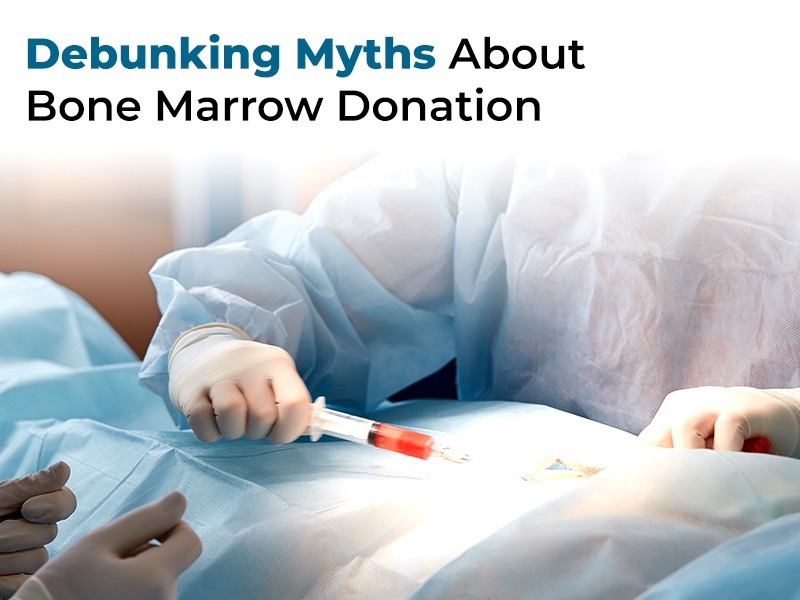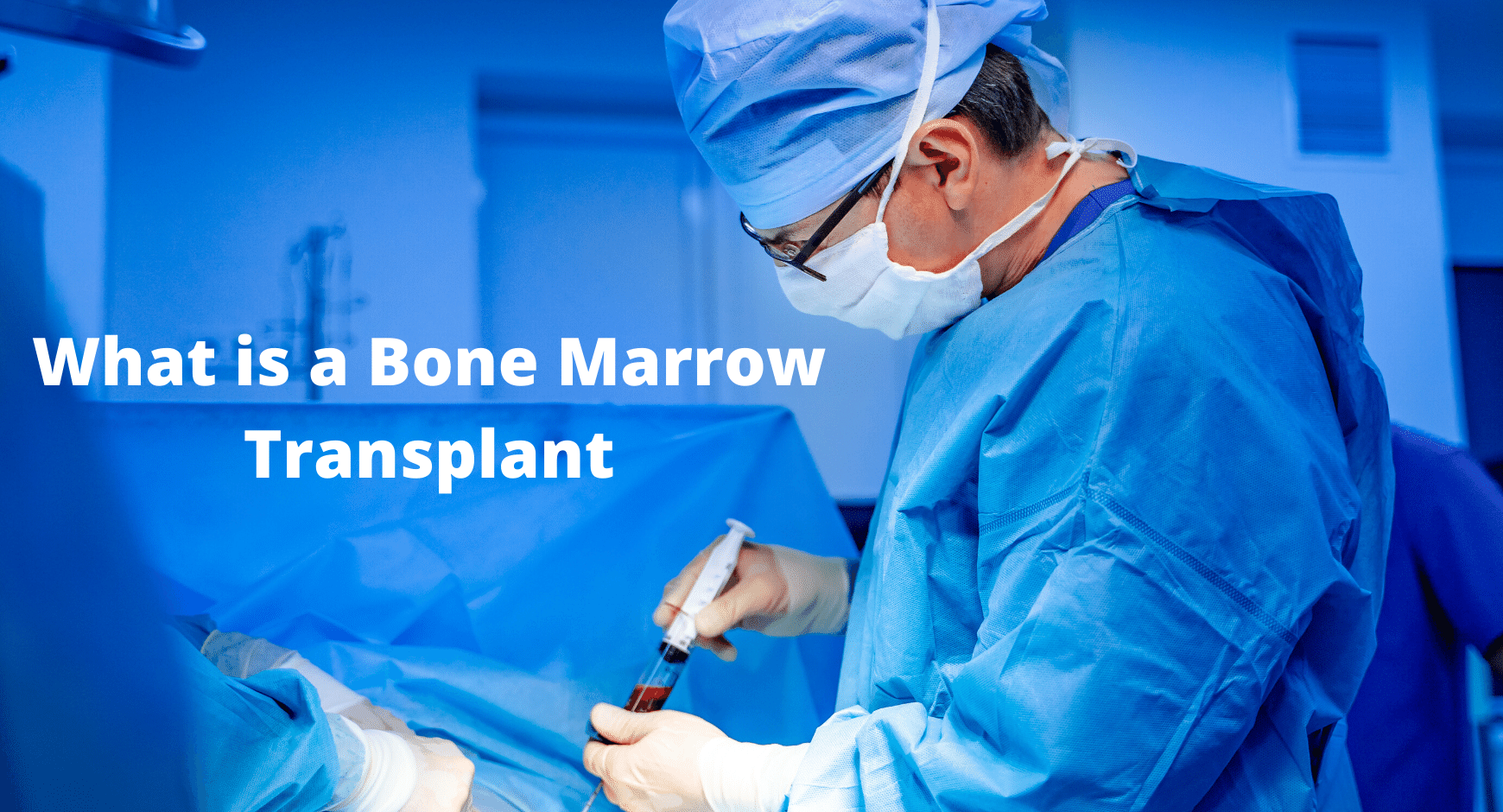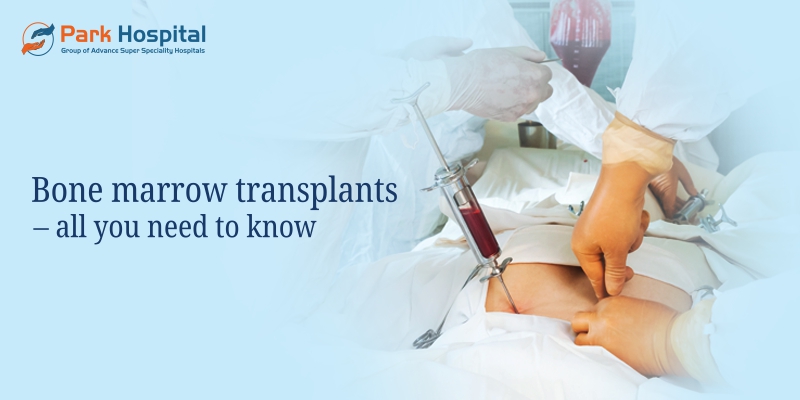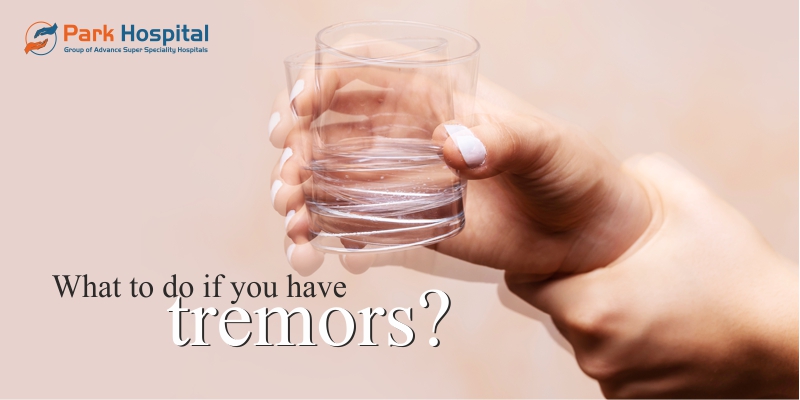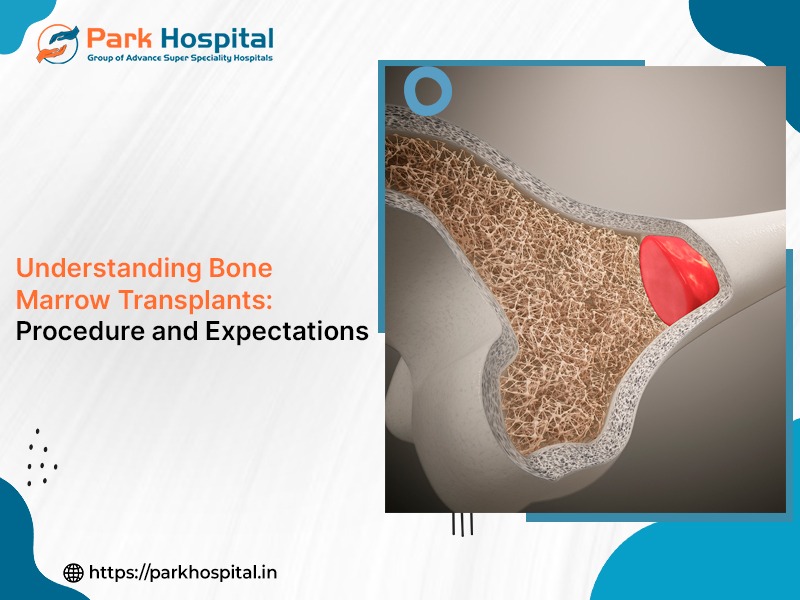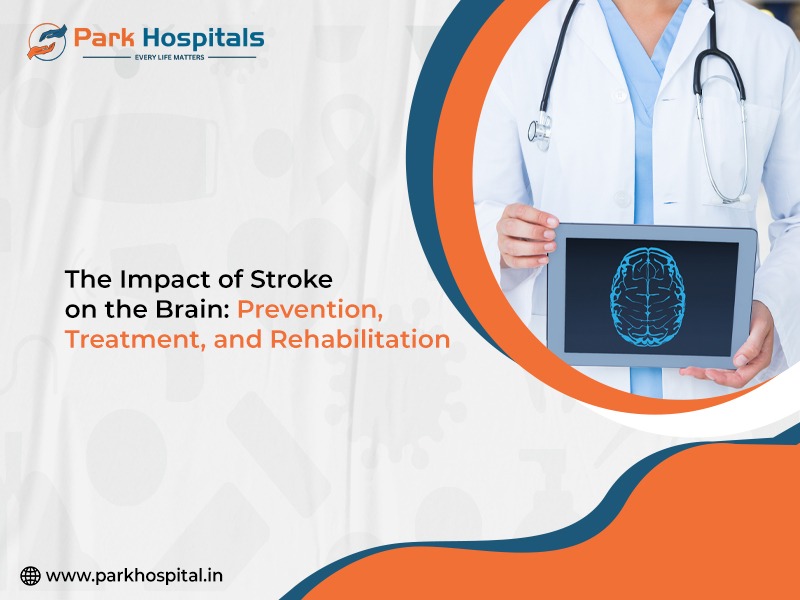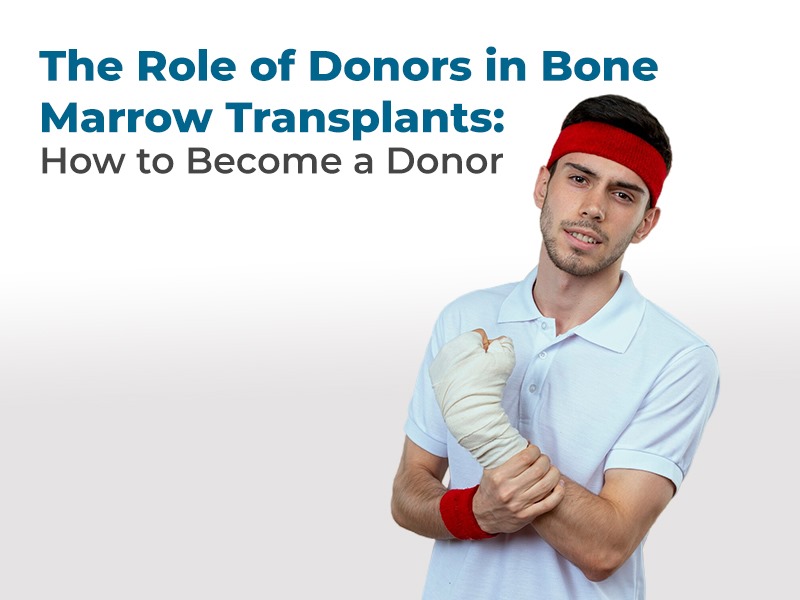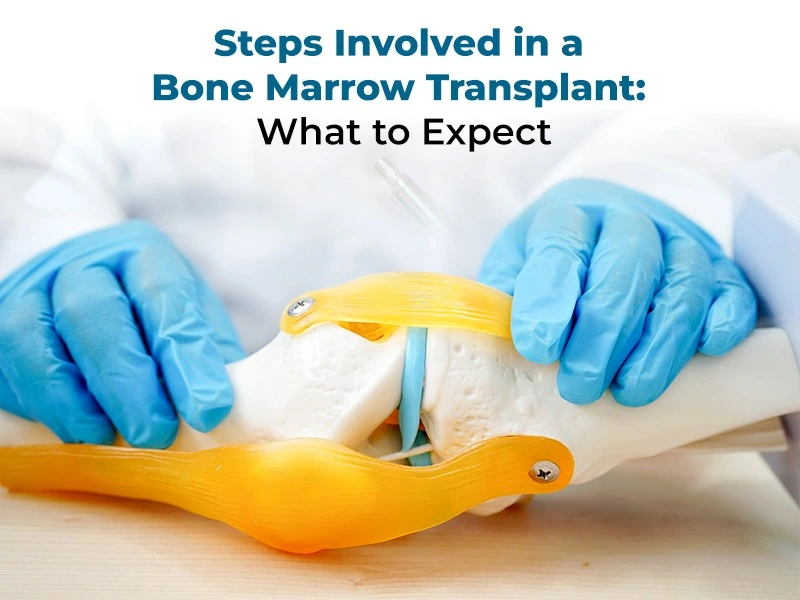Bone marrow donation is undoubtedly a little more complicated than blood donation, but it is not intricate enough to be scared of. In fact, it is a life-saving procedure for patients suffering from conditions such as leukaemia, lymphoma, and severe anaemia.
While the idea of donating bone marrow to help a family member, friend, or even a stranger may seem noble, potential donors often have concerns about their eligibility, the procedure itself at bone marrow transplant hospitals, and its effects on their health. Myths and misconceptions surrounding bone marrow donation can deter individuals from participating in this critical act of kindness.
Transplant Procedure
Bone marrow donation is not as daunting as it might seem. The procedure involves extracting stem cells from a donor with the motive of transplanting into the recipient. There are two primary methods of donation:
1. Peripheral Blood Stem Cell (PBSC) Donation: This is the most common method, where stem cells are collected from the donor’s blood. The donor is given a medication called filgrastim for a few days to increase the number of stem cells in the bloodstream. The collection process is similar to donating blood and takes about 4-6 hours.
2. Bone Marrow Harvest: This involves extracting stem cells directly from the bone marrow, usually from the pelvic bone. The procedure is performed under general anaesthesia after a thorough discussion with the specialist at an orthopaedics hospital in Delhi, so the donor does not feel pain during the process. Recovery is typically quick, with donors resuming normal activities within a week.
The choice of method depends on the recipient’s needs and medical advice from the experts. Both methods are safe and designed to provide minimal discomfort for the donor.
Fact Check
Let us go through some of the most common and influential myths about bone marrow transplants to help you be confident about the procedure.
Myth: The whole process is very painful
While the thought of donating bone marrow might sound painful, modern medical advancements and the professionals at Park Hospital make sure that the donor’s comfort is a priority. For PBSC donation, discomfort is minimal and comparable to flu-like symptoms due to the medication used. For bone marrow harvest, general anaesthesia ensures that donors feel no pain during the procedure, and post-operative soreness is manageable and temporary.
Myth: I must be perfectly healthy to donate.
While donors need to meet specific health criteria to ensure their safety and that of the recipient, having minor health conditions doesn’t automatically disqualify you. A thorough medical evaluation under the examination of an expert will determine your eligibility.
Myth: Only family members can be donors.
While close relatives are often tested first for compatibility, unrelated individuals can also be a perfect match. Registries around the world work tirelessly at bone marrow transplant hospitals to match donors with patients based on tissue type rather than familial ties.
Myth: I need to match the recipient’s blood type.
We know that there are eight major blood types around the globe, and compatibility must be matched for blood donation. That is not the case here. In bone marrow transplants, instead of blood types, Human Leukocyte Antigen (HLA) markers are considered. These genetic markers determine compatibility, making blood type irrelevant in the matching process.
Myth: Bone marrow donation causes long-term health problems.
It is a trait of bone marrow that they are self-generative. This is the reason that even a transplant is a possibility. Once you have undergone the procedure of donation, your body and the remaining bone marrow there would grow more on its own, covering that hollow. Studies show that there are no long-term health issues associated with bone marrow donation. Most donors feel back to normal within days or weeks.
Myth: I can donate only if I am a young, healthy adult.
While many donors are adults, individuals as young as 18 and up to the age of 60 can register to donate. In some cases, as the orthopaedics hospital in Delhi suggests, younger donors may be preferred due to the quality of their stem cells, but age alone is not a barrier.
Be a Donor, Concerned Free
Bone marrow donation is a selfless and impactful way to give someone a second chance at life. Dispelling myths and understanding the facts about the procedure can alleviate fears and encourage more people to step forward as potential donors. By choosing to donate at Park Hospital, you could be the reason someone gets to spend more time with their loved ones.
If you are considering becoming a bone marrow donor, consult a healthcare professional with us or contact a bone marrow registry to learn more and take the first step in this life-saving journey. Remember, the gift of life is one of the most precious contributions you can make

